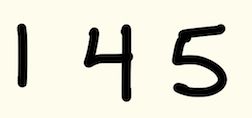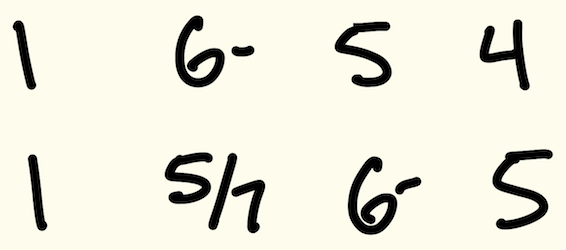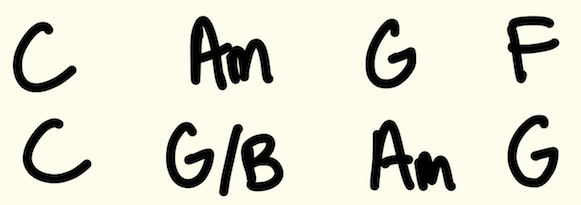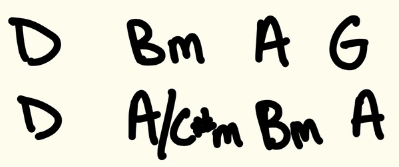Learning The Nashville Number System will teach you how to read and write short hand song charts that work regardless of key.
Whether you plan on regularly reading number charts or not, understanding the number system will help with identifying common musical patterns. Understanding common musical patterns will make you a better musician.

To start with the simplest possible example, let's imagine a chord progression in the key of C Major that includes only three chords: C Major, F Major, G Major. Those are the 1st, 4th, and 5th chords in the key of C Major.
To change keys, just change the Major Scale tones. In the key of E Major, the first, fourth, and fifth chords are E Major, A Major, and B Major. The 1st, 4th, and 5th notes of the E Major scale are E, A, and B.
BUT WAIT! How do I know what chords are Major and what chords are minor... or diminished... or 7#9? That, luckily, is easy. All chords, unless notated otherwise, are Major.

For a more realistic example, here's a chart that's 8 measures.
Every number is a measure.
Dashes indicate minor chords. All other chords are assumed Major. Slashes show that a bass note has been altered.

If this song were written using chord symbols it would look like this, in the key of C Major.

If we changed the above number chart to they key of D Major it would look like this.
We would have had to re-write the chord symbol chart in order to change keys, but the number chart stays the same! That is the beauty of the Nashville Number System. Chord charts can be easily transposed or modulated to different keys without changing the numbers.
Thinking in numbers drastically simplifies music. Most popular songs are written with trivially easy, and remarkably similar, number combinations.
1 4 5
2 5 1
1 5 6- 4
A diamond surrounding a number means the chord is held, for instance, like a whole note.
An underline connecting two or more numbers means that those numbers share a measure.
Notation on top of the numbers, like dots, is present if the measure is split unevenly, or if the measure has fewer beats than its neighbors.
A ">" mark is placed over the top of "pushed" chords, meaning they are played on the "and" of the previous beat in a syncopated manner.
Here's an example of a chart that uses a complex chord progression and many examples of more complex chart notation: modulation, rhythm notation, split measures, diamonds, and more.